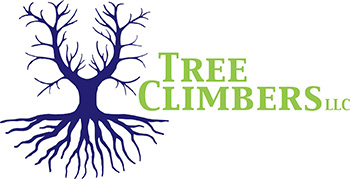Where you make a pruning cut is critical to a tree’s response in growth and wound closure. Make pruning cuts just outside the branch collar. Because the branch collar contains trunk or parent branch tissues, the tree will be damaged unnecessarily if you remove or damage it. In fact, if the cut is large, the tree may suffer permanent internal decay from an improper pruning cut.
If a permanent branch is to be shortened, cut it back to a lateral branch or bud. Internodal cuts, or cuts made between buds or branches, may lead to stem decay, sprout production, or misdirected growth.
The lateral branches growing on the sides contribute to the development of a sturdy well-tapered trunk. It is important to leave some of these lateral branches in place, even though they may be pruned out later. These branches, known as temporary branches, also help protect the trunk from sun and mechanical injury. Temporary branches should be kept short enough not to be an obstruction or compete with selected permanent branches.
Some trees have a tendency to develop branches with narrow angles of attachment and tight crotches. As the tree grows, bark can become enclosed deep within the crotch between the branch and the trunk. Such growth is called included bark. Included bark weakens the attachment of the branch to the trunk and can lead to branch failure when the tree matures. You should prune branches with weak attachments while they are young.
Avoid over thinning the interior of the tree. The leaves of each branch must manufacture enough food to keep that branch alive and growing. In addition, each branch must contribute food to grow and feed the trunk and roots. Removal of too many leaves can starve the tree, reduce growth, and make the tree unhealthy.
